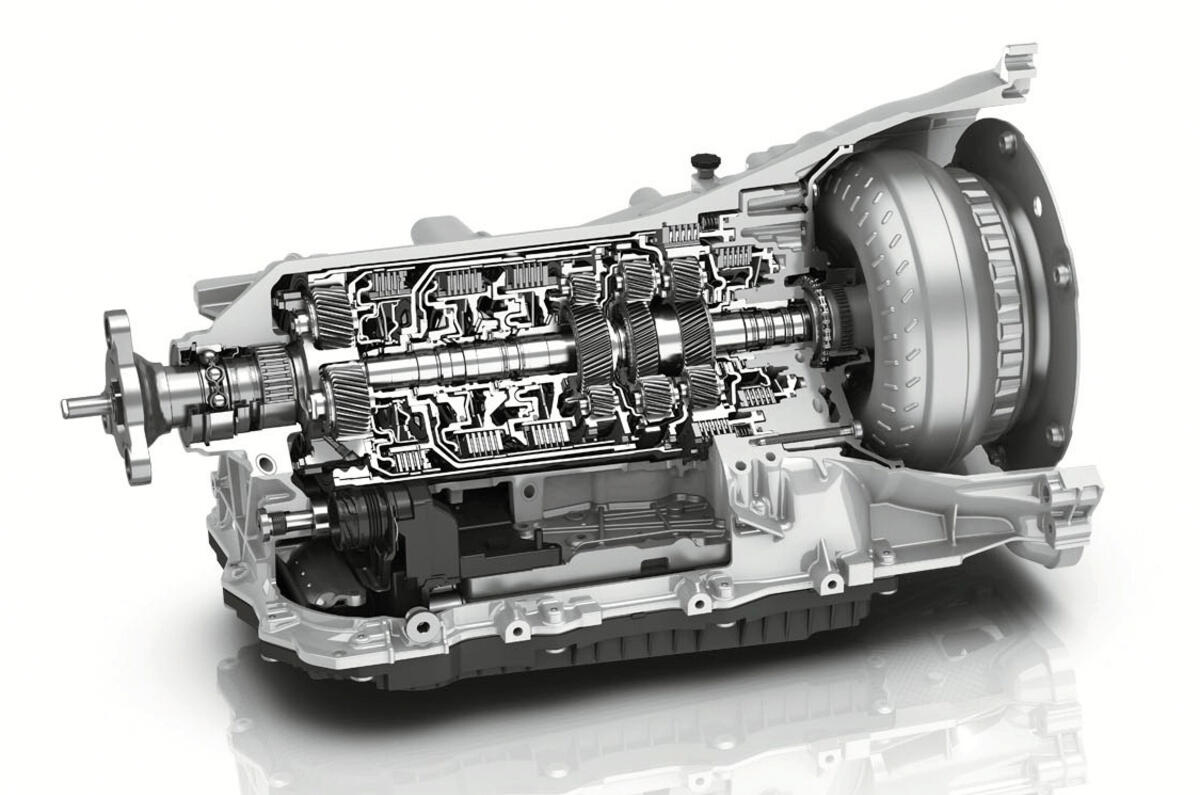If you’re a car enthusiast and you’re a car enthusiast, the term “torque converter” is likely to be familiar to you. Torque converters play an essential role in automotive engineering. They’re especially crucial in the case of automatic transmission systems. They are accountable for ensuring the seamless operation of your vehicle, as well as facilitating power transmission, and in the end providing a comfortable driving experience. This guide will help you understand the internal workings of the torque converter to shed light on their essential importance in the automotive industry.
Torque Converters – What you need to be aware of
The Essence of Power Transmission: At its heart, an torque converter is a type of fluid coupling that is designed specifically for automatic transmissions. Its primary function is to transfer power generated by an engine to the transmission. The transmission then drives the wheels. This system operates smoothly within the automatic gearbox, connecting the gap between wheel movement and the engine’s power.

Components that are in play The torque convertor is a system made up of three parts that are the impeller (or turbine) and the stator and the stator. The three components work together to convert power and torque.
Dismantling the Mechanism
The mechanics of a torque converter are fascinating. They involve complex interactions that lead to an efficient transmission of power:
The engine begins the process by spinning the impeller. The impeller is fundamentally a fan-shaped device that is used to move transmission fluid within the converter. The impeller creates a fluid flow that reaches the turbine blades while it rotates.
Turbine response: The fluid that is affecting the impeller turns on the turbine that is connected to the shaft that feeds into the transmission. The turbine will be put into motion and spin at a pace proportional to the movement of the impeller. The turbine produces power by gaining kinetic energy.
The Stator as a Tool for Enhancing Efficiency
The stator is one the most vital components of the torque converter. It is located between the impeller and turbine, the stator plays an important role in enhancing the effectiveness of the process for power transmission.
Fluid Redirecting Mechanism – The stator functions by redirecting fluid flow between the impellers and turbines. This redirection plays a vital role in optimizing the torque output, and ensuring a smooth transfer of power. By controlling the fluid’s path, the stator contributes to a balanced and efficient operation. For more information, click upgrade torque converter
Torque Converters What are they? And how do they function?
The torque converter is an vital element of driving experience.
1 Smooth Transitions: The structure and mechanics of the torque converter play a role in the seamless transition between gears in automatic transmissions. The torque converters that use fluid coupling do not need manual engagement of the clutch. This allows seamless shifts of the gears without interrupting the power flow.
2. Idling and Stalling Prevention: Torque Converters play an important part in preventing stalling and engine idling. Fluid couplings allow the engine to run even if the vehicle is stationary. The fluid coupling guarantees that the engine runs at a constant pace and does not require drivers to manually engage the clutch after the vehicle has stopped.
3. The torque converter is responsible for efficient power distribution through optimizing power transfer and output. This enhances the overall driving experience by providing the necessary power when required, whether for acceleration or driving.
Conclusion The Torque Converters, as mechanical components, are the foundation of automatic transmissions. Their fluid coupling mechanism, which is aided by the impeller, turbine and stator, allows for the seamless transfer of power from the engine to transmission, then eventually to the wheels. This power transmission makes sure that there are no jerks in shifting of gears and helps prevent stalling or idling, as well as other difficulties with driving.
For engineers and car enthusiasts alike, understanding the purpose of torque converters is essential. These devices provide the ideal marriage between engineering and fluid mechanics, and they’re able to ensure every drive is effortless. Technology continues to advance however, torque converters will remain an integral part of the automotive world, serving as a testament to the intricate interplay between mechanics as well as functionality.